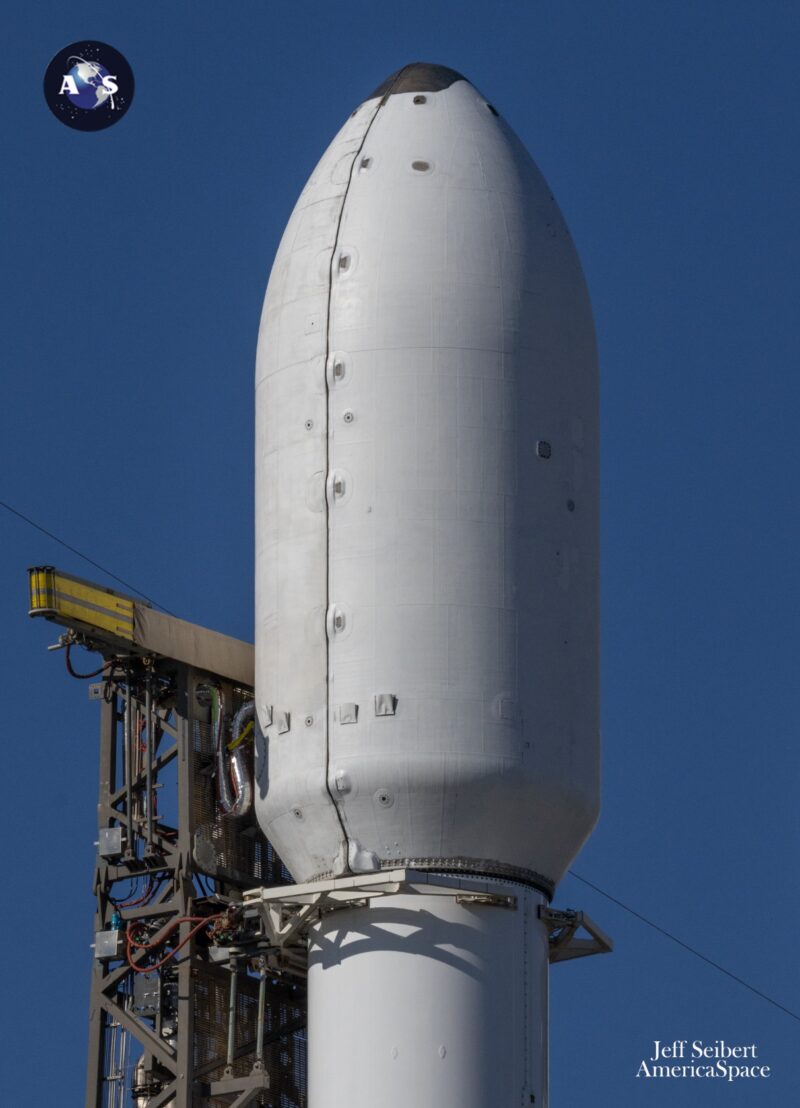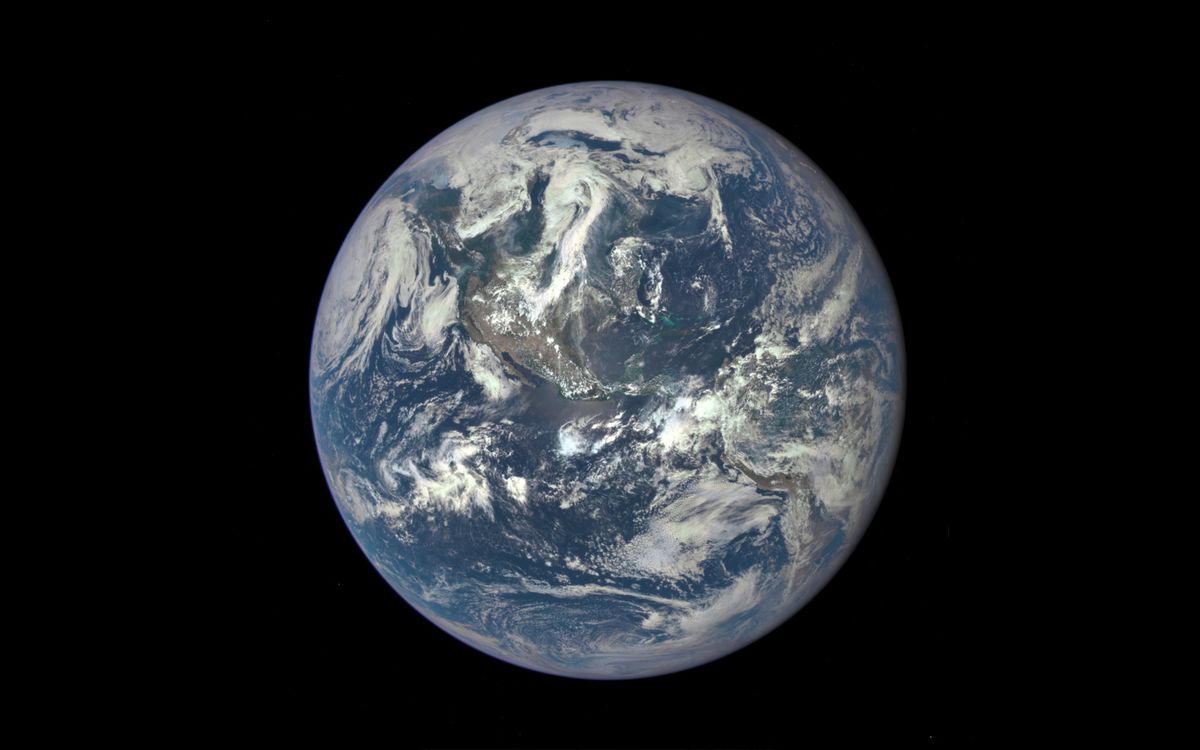
SpaceX has successfully flown its 16th Falcon 9 in 2024’s eighth week—a cadence of a mission every 3.1 days—with the successful 3:11 p.m. EST Tuesday launch of a 17-times-used booster from storied Space Launch Complex (SLC)-40 at Cape Canaveral Space Force Station, Fla. Rising airborne right on the opening of today’s two-hour “launch window” was Indonesia’s Merah Putih-2 communications satellite, destined for Geostationary Transfer Orbit (GTO) and eventually a minimum 15-year operational “slot” at 113 degrees East longitude from which it will deliver up to 32 Gbps of capacity.


Owned and operated by Bandung-based Telkom Indonesia, Merah Putih-2 is the fourth Indonesian communications satellite lofted to orbit by SpaceX, following on the heels of the inaugural Merah Putih in August 2018, PSN-6 Nusantara Satu in February 2019 and most recently last June’s launch of SATRIA. Today’s launch brings to 52 the total number of large geostationary communications satellites on behalf of 20 sovereign nations lifted by Falcon 9 boosters since December 2013.
Also known by the working designator of “HTS-113BT”, Merah Putih-2 is a High Throughput Satellite (HTS) with active-transponder functionality spanning the Ku- and C-bands and destined for eventual emplacement at 113 degrees East longitude. In October 2021, Thales Alenia Space was contracted to build the 8,800-pound (4,000-kilogram) satellite on the skeleton of its tried-and-true Spacebus 4000B2 platform.


“HTS-113BT will strengthen connectivity infrastructure across Indonesia archipelago,” commented Endi Fitri Herlianto, CEO of Telkomsat at the time, “to support digital business by providing better quality of service for Indonesia society.” The satellite left Nice, France, on 9 January and after a seaborne transit across the Atlantic Ocean was unloaded at Port Canaveral on the 24th, ahead of testing, fueling and eventual encapsulation inside the Falcon 9 payload fairing for launch.
“The Merah Putih-2 satellite is a hope as well as a manifestation of Telkom’s commitment to support equitable connectivity throughout Indonesia, complementing our land and sea infrastructure,” said Telkom President Director Ririek Adriansyah. “Telkom believes that equitable access to information is expected to accelerate the digitalization of society in various aspects.”


SpaceX yesterday announced that it was targeting a two-hour launch window from 3:11 p.m. through 5:11 p.m. EST Tuesday to fly Merah Putih-2, with a four-hour backup opportunity opening at 12:53 p.m. EST Wednesday if needed. Weather conditions for both attempts were predicted to be about 95-percent-favorable, with a slight risk of violating the Cumulus Cloud Rule the only issue of concern on Tuesday.
“The overcast rainy conditions will clear out late Monday morning as the low-pressure system, currently to the east, continues to track eastward,” noted the 45th Weather Squadron at Patrick Space Force Base. “Both Tuesday and Wednesday should see favorable weather conditions over the Cape, as high pressure over the central Gulf of Mexico slowly drifts eastward.


“For the launch day, weather conditions are expected to be almost ideal with a slight possibility of a stray cumulus or cirrus cloud during the window,” the 45th concluded. “As such, the likelihood of a weather constraint violation is very low.”
Flying Tuesday’s mission was the B1067 booster core, which previously completed 16 flights between June 2021 and last month; her 17th launch today sets her in fifth place on the list of most experienced Falcon 9 boosters to date.


B1067 first saw service almost three years ago to launch the CRS-22 Cargo Dragon for a month-long stay at the International Space Station (ISS). She went on to deliver eight astronauts from the United States, Germany and Italy to the sprawling orbital complex on Crew-3 in November 2021 and Crew-4 in April 2022, followed by the CRS-25 Cargo Dragon to the ISS the following summer.
Added to this impressive list, B1067 also lifted a geostationary communications satellite for Turkey in December 2021—which helped set a new record (now broken) between pairs of Falcon 9 launches at less than 16 hours—and a pair of O3b mPOWER broadband satellites in December 2022. Other payloads included the Hotbird 13G communications satellite in November 2021 and last June the Satria Very High Throughput Satellite (VHTS), built by Thales Alenia Space for Indonesia’s Pasifik Satelit Nusantara (PSN).


Her Hotbird 13G launch in November 2021 marked the first time that SpaceX achieved 50 Falcon 9 missions in a single calendar year. And in January of 2023, one of her Starlink payloads tipped the scales at 38,400 pounds (17,400 kilograms) to become the heaviest Falcon 9 payload ever orbited at that time.
In readiness for B1067’s latest launch and recovery, the East Coast-based Autonomous Spaceport Drone Ship (ASDS), “Just Read the Instructions”, put to sea out of Port Canaveral on 16 February. And taking full advantage of exceptional weather conditions, the sixth Falcon 9 mission of February went smoothly airborne at 3:11 p.m. EST, with B1067 landing safely on JRTI’s deck about 8.5 minutes later.


Meanwhile, a pair of “burns” by the Merlin 1D+ Vacuum engine on the Falcon 9’s second stage served to deliver Merah Putih-2 to GTO: a first burn lasting six minutes, followed by a 19.5-minute “coasting” phase and a 64-second final burn, ahead of the satellite’s deployment at 34 minutes after launch. Today’s launch was the sixth SpaceX mission of February, following on the heels of two Starlink batches, Intuitive Machines’ IM-1 lunar lander, the highly classified, U.S. Space Force-led USSF-124 and NASA’s Plankton, Aerosol, Cloud, Ocean Ecosystem (PACE).







